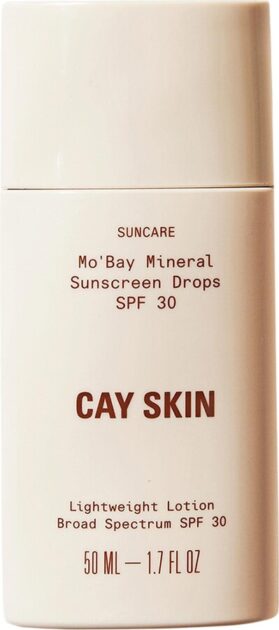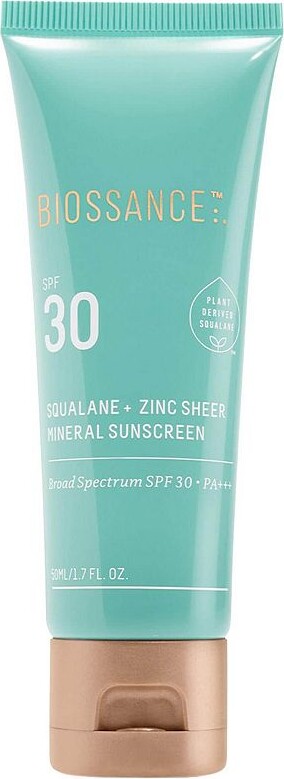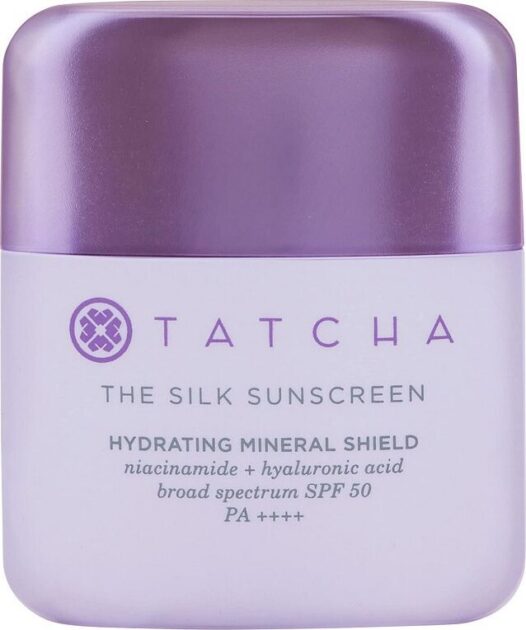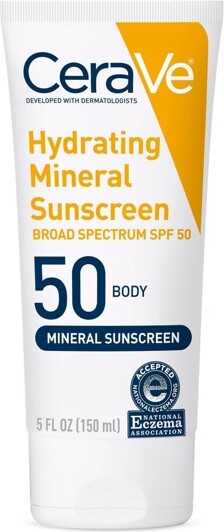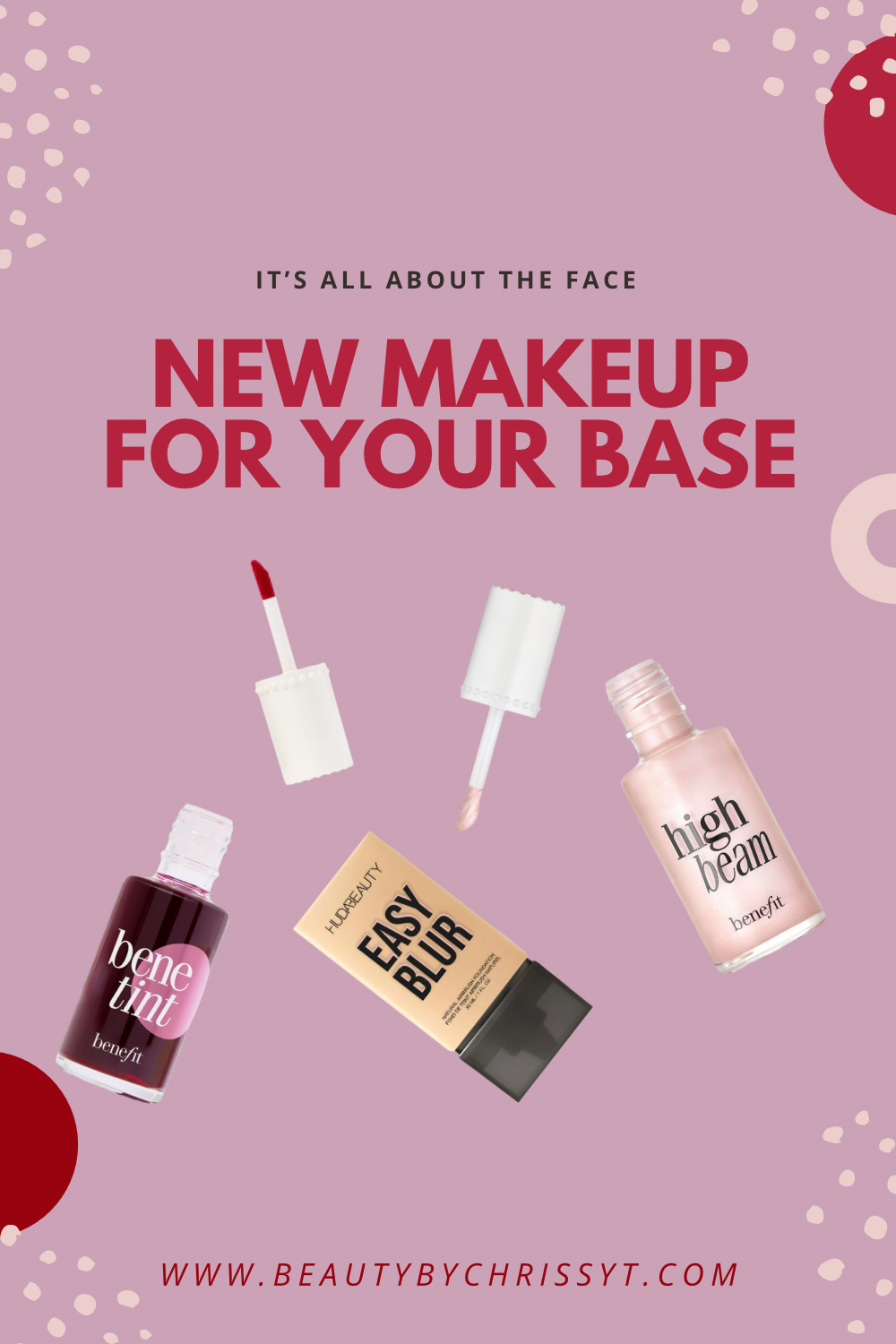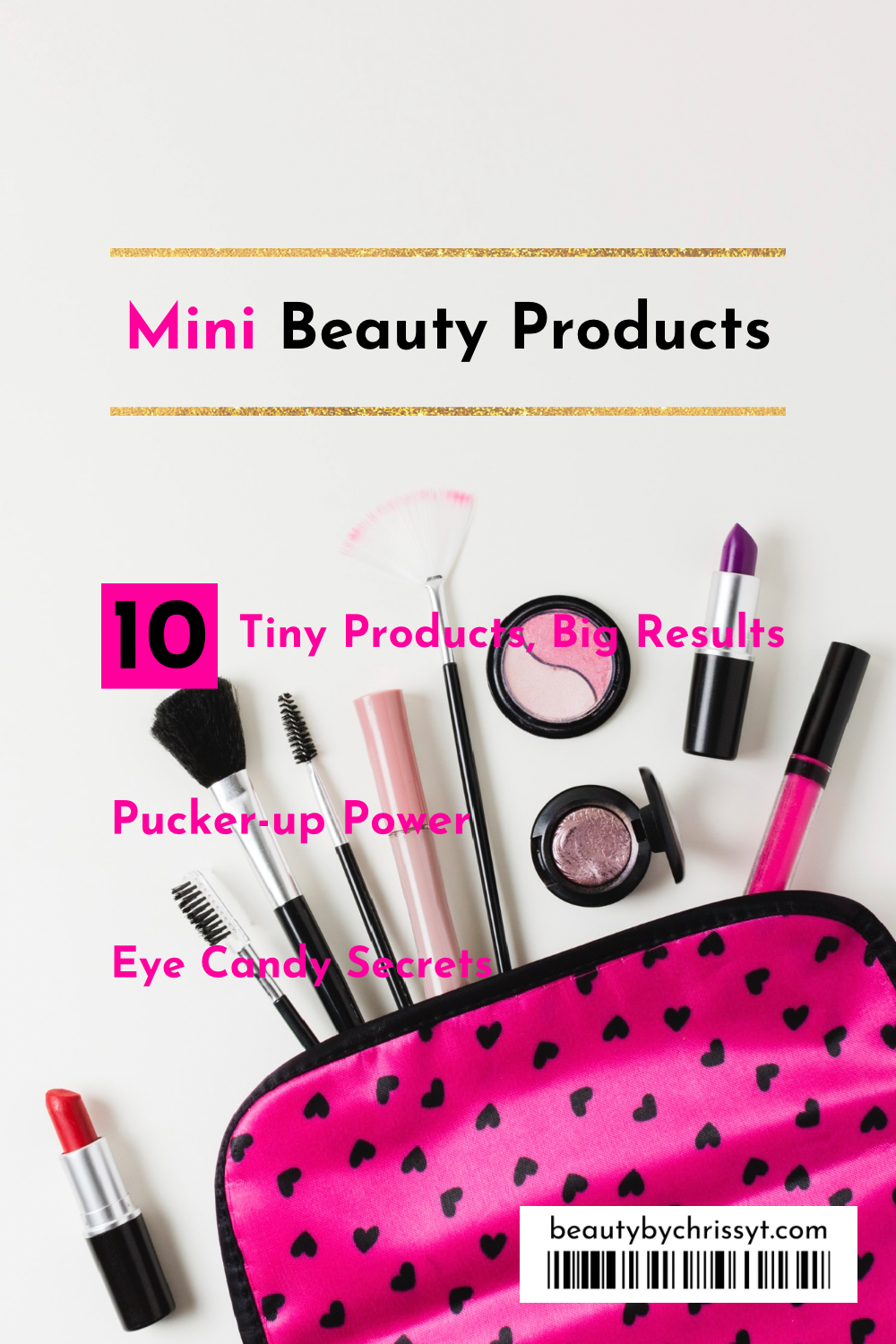As an affiliate I earn from qualifying purchases.
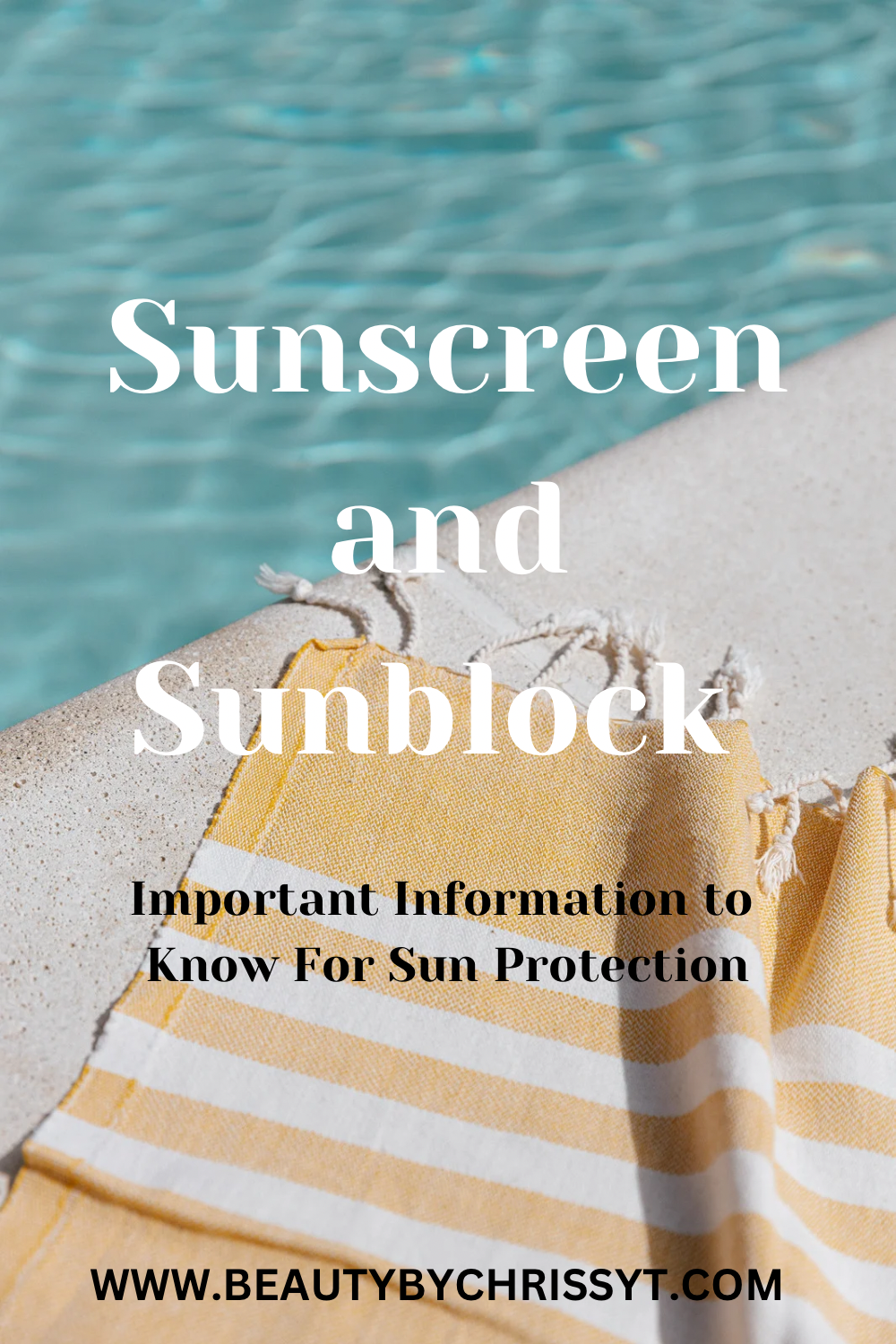
Summer is the perfect time to enjoy the outdoors, but it’s important to protect your skin from the sun’s harmful rays. You might have heard of sunscreen and sunblock, but do you know the difference between them? This guide will help you understand if you need sunscreen versus sunblock, and which is better for you. You’ll learn what each one does, how they work, and which one might be best for you.
1. Understanding UV Rays
What Are UV Rays?
UV rays, or ultraviolet rays, come from the sun and can be harmful to your skin. There are two types of UV rays: UVA and UVB. UVA rays can age your skin, causing wrinkles and spots, while UVB rays can burn your skin, leading to sunburns. Both types can increase the risk of skin cancer. For a more in depth explanation, you can check out The Science Behind Skincare: What You Need to Know to learn more about UV Rays, and their effects.
Why You Need Protection
Protecting your skin from UV rays is extremely Important. Sunburns are painful, and over time, UV exposure can lead to serious skin issues. That’s where sunscreen and sunblock come in – they help shield your skin from harmful rays.
2. What is Sunscreen?
How Sunscreen Works
Sunscreen is a product that absorbs into your skin and then absorbs UV rays, preventing them from penetrating deeper into your skin. It contains chemical ingredients like oxybenzone, avobenzone, and octinoxate. These chemicals convert UV rays into heat, which is then released from your skin.
Types of Sunscreen
There are two main types of sunscreen: chemical and mineral. Chemical sunscreens absorb UV rays, while mineral sunscreens (like zinc oxide and titanium dioxide) sit on top of your skin and reflect the rays away. Many sunscreens combine both types for better protection.
3. What is Sunblock?
How Sunblock Works
Sunblock, on the other hand, works differently. It sits on the surface of your skin and physically blocks UV rays from reaching it. It’s like a shield that stops the rays in their tracks. Sunblock usually has mineral ingredients like zinc oxide and titanium dioxide.
Types of Sunblock
Sunblock is typically thicker and more opaque than sunscreen. It’s used more by people with sensitive skin, or if you want a more natural product. Because it physically blocks rays, it can be very effective, but it might leave a white residue on your skin.
4. Sunscreen vs. Sunblock: The Differences
Ingredients
The biggest difference between sunscreen and sunblock is the ingredients. Sunscreen uses chemicals to absorb UV rays, while sunblock uses minerals to physically block them.
Application
Sunscreens are usually more lightweight and easier to apply without leaving a white residue. Sunblocks can be thicker and might take more time to rub in completely. Sunblock may be better for swimming or tanning, but it’s up to you to decide.
Protection
Both sunscreen and sunblock offer good protection against UV rays, but they work in different ways. Some people prefer the feel of sunscreen, while others like the physical barrier of sunblock.
Suitability
Sunscreen is great for everyday use and for those who want a lightweight product. Sunblock is better for sensitive skin and for activities where you need extra protection, like swimming or outdoor sports.
5. Choosing the Right SPF
What is SPF?
SPF stands for Sun Protection Factor. It’s a measure of how well a sunscreen or sunblock will protect your skin from UVB rays. The higher the SPF, the greater the protection.
How to Choose
For everyday use, an SPF 30 is a minimum at most. If you’re going to be outside for long periods, choose a higher SPF, like 50. It’s really important to remember, no product can block 100% of UV rays, so reapply regularly and use hats and sunglasses. Apply it every two hours, so you’ll be completely covered. You’ll only be protected for a few hours at most if you don’t reapply.
6. How to Apply Sunscreen and Sunblock
Application Tips
- Apply sunscreen or sunblock at least 15 minutes before going outside.
- Use enough product to cover all exposed skin. Most people don’t use enough – aim for about a shot glass full.
- Don’t forget easy-to-miss spots like your ears, neck, and the tops of your feet.
- Reapply every two hours, or more often if you’re swimming or sweating.
Daily Use
Even on cloudy days, UV rays can reach your skin. Make it a habit to apply sunscreen or sunblock every day as part of your beauty routine.
7. Benefits of Using Sunscreen and Sunblock
Preventing Sunburn
One of the main benefits is preventing sunburn. Sunburns are not only painful but also damaging to your skin.
Reducing Aging
Regular use of sunscreen and sunblock can help reduce the signs of aging. It’s basically the number one way to prevent the look of aging. Protecting your skin from the sun helps prevent wrinkles, fine lines, and sunspots.
Lowering Skin Cancer Risk
Protecting your skin from UV rays significantly lowers your risk of developing skin cancer. This is one of the most important reasons to use sunscreen or sunblock every day!
8. Common Myths About Sunscreen and Sunblock
Myth 1: You Don’t Need Protection on Cloudy Days
Even on cloudy days, up to 80% of UV rays can reach your skin. Always use sunscreen or sunblock, regardless of the weather. UV rays don’t stop just because it’s cloudy.
Myth 2: A Higher SPF Means You Don’t Need to Reapply
No matter the SPF, you still need to reapply sunscreen or sunblock every two hours, especially if you’re swimming, sweating or spend the day at the beach.
Myth 3: Darker Skin Tones Don’t Need Sun Protection
People with darker skin tones still need protection from UV rays. While they may not burn as easily, they’re not immune to sun damage and skin cancer.
9. Environmental Considerations
Reef-Safe Products
Some sunscreens have chemicals that can harm marine life, especially coral reefs. Look for reef-safe products that don’t contain oxybenzone and octinoxate.
Eco-Friendly Packaging
Consider products that use eco-friendly packaging. Reducing plastic waste helps protect the environment.
10. Final Tips for Sun Safety
Wear Protective Clothing
In addition to sunscreen or sunblock, wear protective clothing like hats, sunglasses, and long sleeves. Look for clothing with UPF (Ultraviolet Protection Factor) for extra protection.
Seek Shade
Stay in the shade as long as possible, especially when the sun is at its highest peak from 10 a.m. to 4 p.m. This helps reduce your overall UV exposure.
Stay Hydrated
You can get dehydrated if you’re in the sun. Exposure can dehydrate you, so make sure you’re drinking a lot of water throughout the day. Staying hydrated helps keep your skin healthy and glowing.
Conclusion
Now you know the differences between sunscreen and sunblock, and how to choose the right one for you. Both products have great protection against the sun’s harmful rays. By using them correctly, you can have fun outside while keeping your skin healthy and safe. Start researching what sunscreen or sunblock works best for you.
Amazon and the Amazon logo are trademarks of Amazon.com, Inc, or its affiliates.
